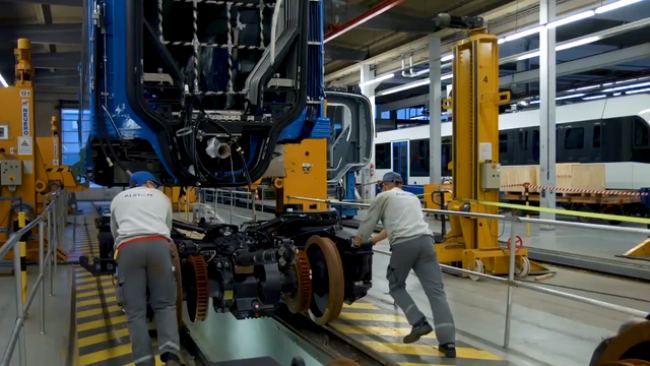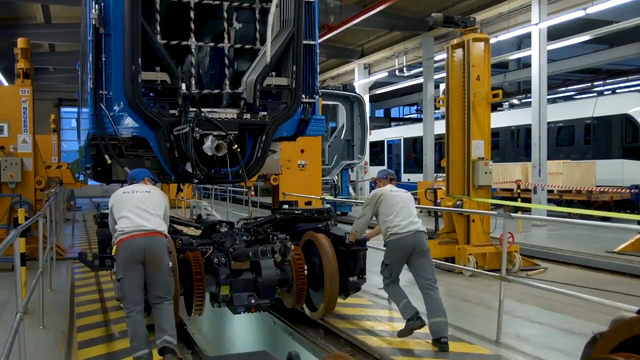New Video Explains Key Role Fuel Cells Could Play in Decarbonization
Hydrogen fuel cells could play a critical role in decarbonizing the global freight and transportation network. A new video from global power leader Cummins Inc. explains why.
Hydrogen-powered fuel cell electric power doesn’t emit carbon dioxide, sulfur dioxide, nitrogen oxides or particulate matter and when the hydrogen is produced using renewable power such as solar or wind, it is carbon-free. Cummins is a major provider of both fuel cells and the electrolyzers used in the production of carbon-free green hydrogen.
Fuel cell electric vehicles (FCEVs) use electricity to power an electric motor, similar to all-electric vehicles. The difference in FCEVs is that the electricity used to power the motor is produced using fuel cells powered by hydrogen. And unlike a conventional internal combustion engine, FCEVs produce no harmful tailpipe emissions.
Hydrogen plays an important role in Cummins’ mission to decarbonize the global economy. The company continues to invest in the advancement of hydrogen and fuel cell technologies as well as the infrastructure to ensure the production of green hydrogen becomes more affordable and globally available.
The fuel source is a key part of the company’s Destination Zero strategy to reach net-zero emissions by 2050. The aspiration to reach net-zero was first included in Cummins’ PLANET 2050 environmental sustainability strategy, which includes science-based goals timed to 2030 that are aligned with the Paris Climate Accords to limit global temperature rise to no more than 1.5°C above pre-industrial levels.
The company is committed to playing a lead role on decarbonization, improving its traditional product lines while bringing new technologies to market.



